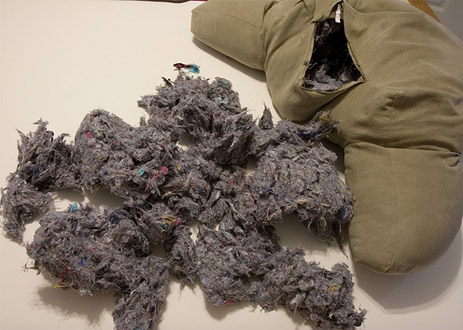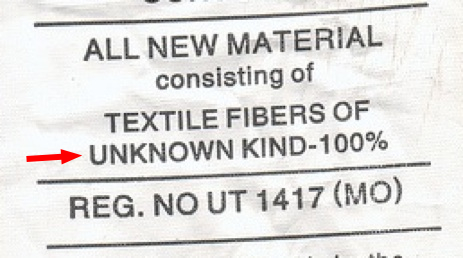The numbers are in for liquor sales in 2009, and last year had the smallest increase in sales since 2001, reports Bloomberg. What’s worse (if you own a high-end liquor company), sales shifted toward the products on the cheaper end of the spectrum, and people bought less at restaurants and other public places. But we’re not actually drinking less, it turns out–we’re just doing more entertaining at home. [More]
labels

Google To Launch Music Search Service Next Week
You’ve probably seen Google Finance, where each company has its own page made up of content scraped from all over the web. Google is about to launch a similar service for musicians, says the Hollywood Reporter: “The music pages will package images of musicians and bands, album artwork, links to news, lyrics and song previews, along with a way to buy songs.”

Alabama Bans Wine Bottle For Giving It The Vapors
I swan! [Fans face.] Sweet magnolia breeze! I do declare! [Clutches petticoat in pre-swoon anticipation.] Alabama is in a dither over a drawing of a nude nymph on a wine bottle label, so they’ve banned the product from being sold. Their liquor regulations forbid the display of “a person posed in an immoral or sensuous manner” on any alcohol packaging. We have to side with Alabama on this one—after all, we’re not sure you can ride a bike naked without eventually doing something immoral, whether you mean to or not.
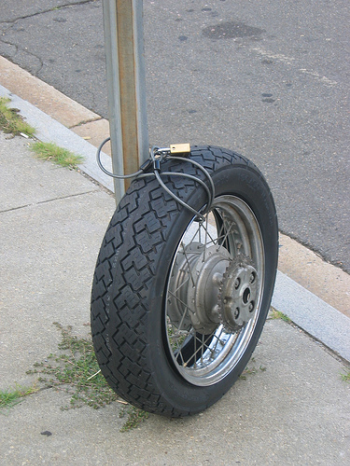
Government's New Tire Label Rules Reveal More About The Rubber You're Riding
Proposed federal rules will mandate more comprehensive labeling on tires. The new National Highway Traffic Safety Administration label will rate tires’ fuel efficiency/gas greenhouse rating, tread ware, as well as the traction they get on wet roads.
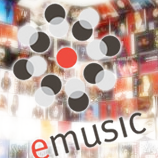
Sony Adding All Songs Over Two Years Old To EMusic; EMusic Raising Prices
Although eMusic is a great service—for a flat monthly fee, you get a set number of downloads per month of DRM-free music tracks—it’s about to get better. Or maybe worse, depending on the breadth of your musical tastes. Today eMusic will announce that Sony is adding its back catalog of songs to eMusic’s library. The bad news is that eMusic also plans to slightly raise prices and/or drop the number of downloads per month. Even if it works out to between 50-60 cents per track, though, that’s still far less than iTunes Music Store or Amazon, and probably the cheapest way to grab music from Sony artists without resorting to piracy.

Expensive Purchases Are Like Peacock Feathers, Except They Don't Work
Geoffrey Miller, an evolutionary psychologist at the University of New Mexico, says marketers are trying too hard to find a working model of why people spend money the way they do. It really comes down to the human equivalent of “cost signaling” in the animal world—a sort of “peacock feather” display that’s supposed to tell peers and prospective mates how smart or sophisticated we are. The only problem is, other people never fall for it.

69 Cent Tracks Are Hard To Find On iTunes Music Store
MP3newswire.net browsed through not-quite-hits from past decades on the iTunes Music Store to see where these fabled 69 cent music tracks are hiding. He tried the Katydids, Camper Van Beethoven, the Lyres, Rock and Roll Trio, but found nothing below 99 cents. Then he went back to be-bop and blues recordings of the ’40s—nope. Finally, he looked at songs from Ada Jones, a recording artist from 1893 to 1922. Everything was still 99 cents.

iTunes Raises Prices To $1.29 For Popular Music Tracks
Say what you will about Apple’s dominion over the music industry, but for a while now they’ve maintained an artificially low market for music tracks by forcing labels to sell songs for 99 cents each. That era is over: in exchange for moving to a higher bitrate and going 100% DRM free (hooray) iTunes has officially introduced “variable pricing” (boo), which means each track may cost 69 cents, 99 cents, or $1.29—it all depends on the song and the label. It looks like Amazon has introduced variable pricing as well, although it’s mostly holding to the 99 cents threshold for now. Amazon’s tracks, by the way, have always been free of DRM.
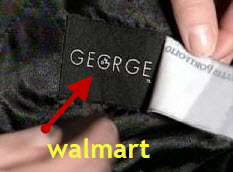
Burlington Coat Factory Supplier Caught Gluing Designer Labels To Walmart Coats
A CBS investigation has uncovered some Walmart and Macy’s coats being sold at Burlington Coat Factor — disguised as more expensive designer brands. Apparently, some jackass at a coat supplier thought it would be a good idea to glue Perry Ellis labels on cheap coats. As you can imagine, both Burlington Coat Factory and the customers with the fake merchandise are not pleased.

../../../..//2008/09/18/misterjalopy-over-at-boingboing-has/
MisterJalopy over at BoingBoing has put together a rough outline of a cheat sheet when shopping for eggs, based on an article in yesterday’s New York Times on how to interpret egg carton labeling. [BoingBoing]

Mott's Will Help You Water Down Your Juice If You Like
Here’s a perfect example of why you should always approach “healthy” labeling on food products with a skeptical eye. Summer did a quick side-by-side comparison of regular Mott’s apple juice with new Mott’s Plus Light. What she found was that except for a few added vitamins, the Light product was just Mott’s juice diluted by 50% with water—but selling for the same price as the 100% juice.

Grocery Shrink Ray Hits Arizona Ice Tea?
It looks like the fell Grocery Shrink Ray may have hit cans of Arizona Ice Tea, reducing the size of their 12 oz cans to 11.5 oz cans. We couldn’t find any definite pictures of 12oz Arizona Ice Tea cans, but we did find them being sold on this website in 12 oz cans. What happens to a product when the shrink ray hits it? I imagine it goes eek! eek! eek! and the last eek is an octave higher than the first.
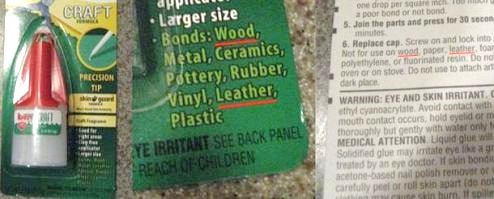
Krazy Glue Kontradiction
Reader Eric sent us a konfusing photo of Krazy Glue. On the front it clearly says, “Bonds: wood, metal, ceramics, pottery, rubber, leather, plastic.” Yet the back clearly reads, “Not for use on wood and leather.” So does Krazy Glue work on wood and leather? Krazy Glue, you so krazy!

Act's Large Bottle Of Mouthwash May Say 2x, But It's Really Half The Strength
Act mouthwash may look like it comes in two sizes, but according to Mouseprint, the large and small bottles are actually entirely different products. The labeling looks largely the same until you get to the active ingredient. The small bottle contains .05% of sodium fluoride while the large bottle contains .02%. Hit the jump for Act’s sneaky explanation.
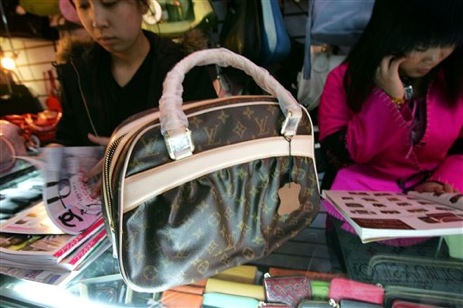
"Made In Italy" Is Italian For "Made In Sweatshops"
That $1,500 Prada bag may have been stitched by an illegal Chinese immigrant slaving away in a Tuscan factory. The tentacles of globalization are starting to snake dirt-cheap foreign laborers into once-protected enclaves known for their quality swag.
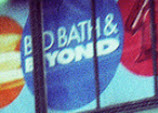
Class Actions: Bed Bath & Beyond May Owe You A Small Amount Of Money
If you bought sheets at Bed Bath & Beyond you may have some money coming to you from a class action settlement. BB&B has begun notifying customers that they’ve settled a class action lawsuit brought over the thread count in their sheets. Apparently, said sheets had been labeled in a non-standard manner.



